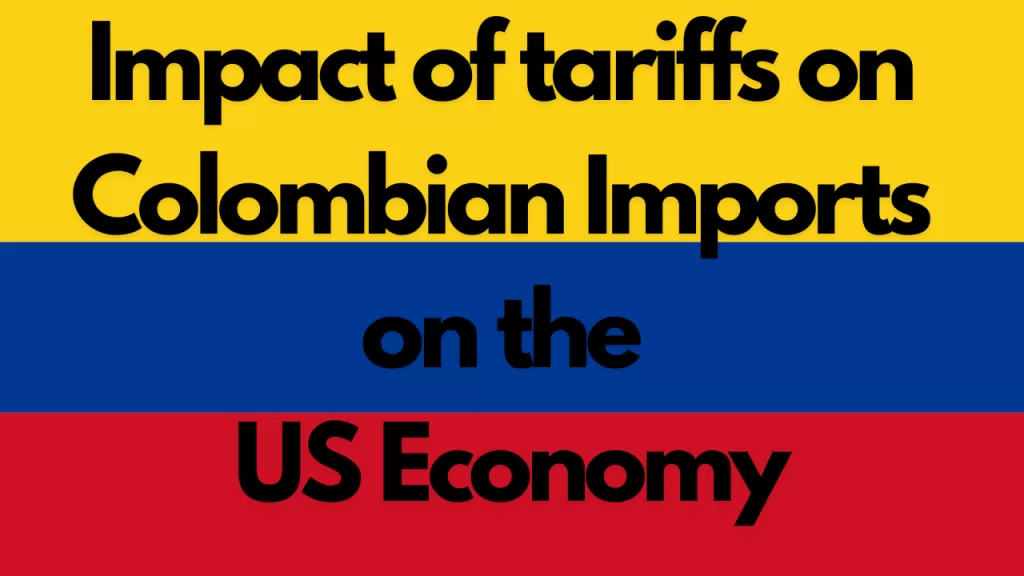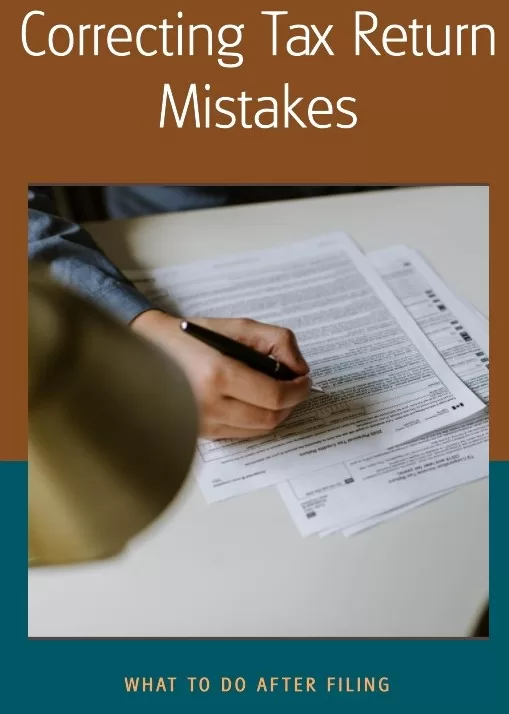April 15th is the tax filing deadline in the United States mostly because of historical, administrative, and practical reasons:
1. Historical Timeline
- When the federal income tax was first introduced with the 16th Amendment in 1913, the original filing deadline was March 1st.
- In 1918, it moved to March 15th to give the IRS more time.
- Then in 1955, it was pushed to April 15th, where it remains today.

2. Why April 15th Specifically?
The IRS chose April 15th for a few practical reasons:
- It spreads out the workload for the IRS and tax professionals.
- It gives people more time after the end of the calendar year (December 31st) to gather documents, receive W-2s and 1099s, and prepare.
- It avoids the early part of the year when people are still catching up from the holidays.
- It gives the government a little extra time to hold onto any tax payments before issuing refunds.
3. Adjustments for Weekends or Holidays
If April 15th falls on a weekend or a holiday (like Emancipation Day in D.C., which is on April 16), the deadline shifts to the next business day.
The federal income tax exists mainly to fund the operations of the federal government. But the story behind it is pretty fascinating, and it wasn’t always a thing.
🌱 The Origin of Federal Income Tax
- Before income tax, the U.S. government got most of its money from tariffs (taxes on imported goods), excise taxes, and land sales.
- But as the country grew — especially with wars and industrialization — those sources just weren’t enough.
💣 Civil War: The First Income Tax (1861)
- The first federal income tax was a temporary measure to fund the Union Army during the Civil War.
- It was repealed after the war ended.
🧑⚖️ The Supreme Court Gets Involved (1895)
- Congress tried to bring back the income tax with the Wilson-Gorman Tariff Act of 1894, but the Supreme Court struck it down in Pollock v. Farmers’ Loan & Trust Co., saying it was unconstitutional — because it was a direct tax not apportioned by population, which the Constitution originally forbade.
🧾 Enter the 16th Amendment (1913)
- To solve that issue, the 16th Amendment was ratified: “The Congress shall have power to lay and collect taxes on incomes, from whatever source derived, without apportionment among the several States…”
- This legally enabled the federal government to tax personal and corporate income, regardless of population or state.
💰 Why It Matters
The income tax allows the government to:
- Fund public services like roads, education, defense, and social programs (Social Security, Medicare, etc.).
- Respond to economic crises and national emergencies (like wars, natural disasters, pandemics).
- Redistribute wealth through progressive taxation, where higher earners pay a higher percentage.
📈 Growth Over Time
- What started as a tiny tax on the wealthiest Americans has grown into the main source of revenue for the federal government.
- Today, individual income taxes make up around half of all federal revenue.
Alright, let’s follow the money! Here’s a simplified breakdown of where your federal income tax dollars go — based on recent federal budget data:
🧾 Where Your Tax Dollars Go (Rounded Averages)
1. 🧓 Social Security — ~22%
- This funds retirement benefits, disability insurance, and survivors’ benefits.
- It’s kind of like paying forward into a big national retirement system.
2. 🏥 Medicare, Medicaid, and Other Health Programs — ~25%
- Medicare helps cover healthcare for people 65+.
- Medicaid supports low-income families and individuals.
- Other health programs include things like CHIP (Children’s Health Insurance Program) and public health funding.
3. 💣 Defense and Military — ~13–15%
- Covers salaries, equipment, R&D, weapons systems, military aid to allies, and operations (like bases around the world).
4. 🏦 Interest on National Debt — ~10%
- The U.S. borrows money constantly, and just like credit card debt, we have to pay interest.
- This is basically the cost of maintaining the national debt (which is in the trillions).
5. 👨👩👧👦 Social Safety Net Programs — ~10%
- Includes food assistance (like SNAP), unemployment benefits, housing aid, child tax credits, etc.
- Designed to support low-income and vulnerable citizens.
6. 📚 Education, Infrastructure, Science, and More — ~8%
- Funding for federal education programs, transportation (roads, bridges, trains), clean energy, space exploration, and scientific research.
7. 🏛️ Government Operations — ~7%
- Running federal departments, agencies, courts, Congress, the White House, etc.
🔍 Example: For Every $100 You Pay in Income Tax…
| Program/Area | Approx. Amount |
|---|---|
| Medicare & Health | $25 |
| Social Security | $22 |
| Military & Defense | $15 |
| Interest on Debt | $10 |
| Safety Net Programs | $10 |
| Infrastructure & Science | $8 |
| Government Ops | $7 |
| Other (Foreign aid, environment, etc.) | $3 |
🧠 Cool Fact:
Foreign aid is only about 1% of the federal budget — way less than most people think.


